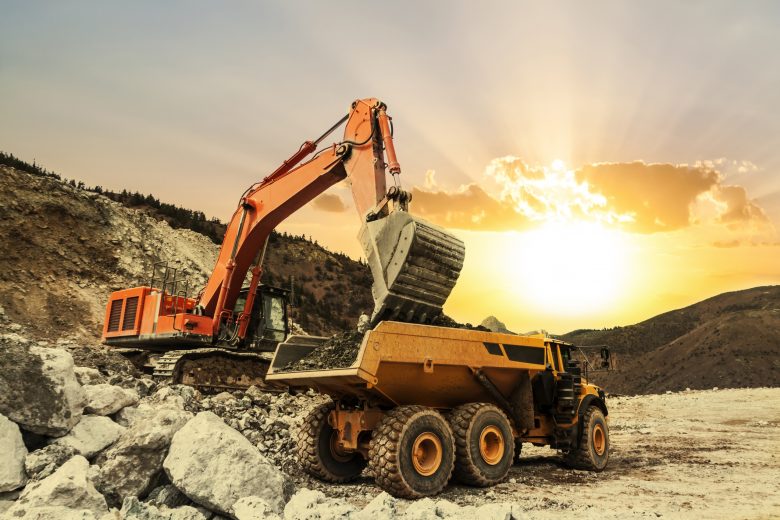A common misconception about heavy equipment is that heavy refers to weight. This equipment can actually be small or lightweight, like a mini excavator, but it’s often used on large (heavy) construction projects. And large construction projects can pose many safety challenges for those operating equipment. When workers regularly operate heavy equipment and machinery on a site, their tasks inherently carry heavy levels of risk. Fortunately, here are three ways to minimize this risk for equipment operators.
Increase level of communication on site
One of the major keys to effective construction safety is strong communication between heavy equipment operators and those working around them. Becoming overly comfortable and complacent can happen when someone works with heavy machinery on a regular basis. This can cause them to fail to take those around them into account. You can’t expect that workers will foresee an operator’s next move, especially when complacency is skewing everyone’s perception of risk.
A two-way radio is a useful method of communication on site with heavy machinery, as are procedures and habits around visual communication like ensuring you make eye contact before moving or giving a simple all-clear hand signal (more on that later). Supervisors can also improve the communication with operators by introducing a toolbox talk about the need for constant communication before the beginning of each shift and directly addressing problems they’ve witnessed on site.
Update worker training regularly
Operating heavy equipment is often stressful, even for an experienced operator. It’s important that employees receive the training they require as well as updates to training when it’s called for—like when a new model of a previous piece of equipment is introduced. Regular safety meetings will ensure that operators are informed of all up-to-date procedures and aware of any changes to the equipment or hazards on the job. A strong safety culture will also encourage employees to step up and request help if they need it.
It’s also imperative to keep all maintenance and inspection records with the equipment itself and ensure checks are conducted after every use. Familiarize yourself with applicable regulations on heavy equipment safety and develop a clear and simple system for equipment checks.
Make use of sightlines and visuals on site
Because heavy equipment operation must contend with such weighty hazards, it’s important to make use of visuals to keep everyone safe. Blind spots are common when operating some heavy machinery. If you know the risk of reduced visibility then you can mitigate it by having a spotter available to safely direct the operator and ensuring all workers are wearing high-visibility clothing. It’s also important to make everyone aware of heavy equipment’s blind spots, the need to give the equipment a lot of space and the necessity of making eye contact before moving around it. Appropriate signage will also help employees to steer clear of potential threats. Reminders such as safety posters can be useful as they can prevent employees from becoming complacent—especially when posters are replaced every few weeks.
The use of heavy equipment adds to the hazards on a construction site. However, the dangers of using heavy equipment can be reduced by increasing employee awareness through regular safety meetings, ensuring anyone using equipment has proper training—human factors training can help when complacency alters workers’ understanding of the risk—and keeping incidents to a minimum by eliminating unnecessary hazards whenever possible.

